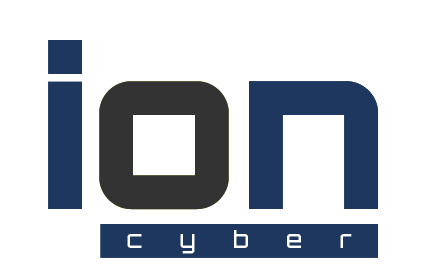ARTICLE
Strengthening Cybersecurity Posture: A Guide for Australian Businesses
In a digital landscape marked by rapid advancements and persistent threats, Australian businesses face an evolving challenge: how to fortify their cybersecurity posture to effectively safeguard sensitive information and digital assets.
In this article, we offer a comprehensive guide to strengthening your cybersecurity posture, helping your organisation stay resilient against the ever-changing cyber threat landscape.
- Conduct a Comprehensive Risk Assessment: Start by identifying your organisation’s critical assets, vulnerabilities, and potential threats. A thorough risk assessment forms the foundation for targeted cybersecurity measures.
- Establish a Robust Cybersecurity Policy: Craft a clear and comprehensive cybersecurity policy that outlines roles, responsibilities, and acceptable use of technology. This policy sets the tone for your organisation’s commitment to security.
- Implement Multi-Factor Authentication (MFA): Enforce MFA for access to critical systems and sensitive data. MFA adds an extra layer of security by requiring users to provide multiple forms of verification.
- Regularly Update and Patch Software: Keep all software, applications, and operating systems up to date with the latest security patches. Unpatched software can create vulnerabilities that cybercriminals exploit.
- Educate and Train Employees: Your employees are your first line of defense. Conduct regular cybersecurity awareness training to educate them about phishing, social engineering, and other cyber threats.
- Encrypt Sensitive Data: Implement encryption for sensitive data both in transit and at rest. Encryption renders data unreadable to unauthorized users, even if it’s intercepted.
- Develop an Incident Response Plan: Create a well-defined incident response plan that outlines the steps to take in case of a cybersecurity incident. A swift and coordinated response minimises damage.
- Regularly Back Up Data: Regularly back up critical data and systems to ensure you can recover from data loss or ransomware attacks. Test the restoration process to ensure effectiveness.
- Embrace the Principle of Least Privilege (PoLP): Limit user access privileges to only what is necessary for their roles. This minimises the impact of insider threats and unauthorized access.
- Perform Penetration Testing and Vulnerability Scanning: Conduct regular penetration testing and vulnerability scanning to identify weaknesses in your systems. Address these vulnerabilities promptly to prevent exploitation.
- Monitor Network Traffic and Behavior: Implement continuous network monitoring to detect unusual patterns or behaviors that might indicate a cyber attack or data breach.
- Collaborate with Cybersecurity Experts: Partner with experienced cybersecurity professionals who can conduct assessments, provide insights, and guide your organisation toward optimal security practices.
- Stay Informed about Emerging Threats: Keep a close watch on the evolving threat landscape by staying updated with cybersecurity news, threat intelligence reports, and best practices.
- Continuously Improve: Cybersecurity is an ongoing journey. Regularly assess and update your cybersecurity measures to adapt to new threats and technologies.
By following these steps and integrating them into your organisation’s cybersecurity strategy, Australian businesses can create a fortified defense against cyber threats. Remember, cybersecurity is a shared responsibility that requires commitment from all levels of the organisation.
Elevate Your Cybersecurity with Ion Cyber. Your Partner in Building Digital Fortresses.

